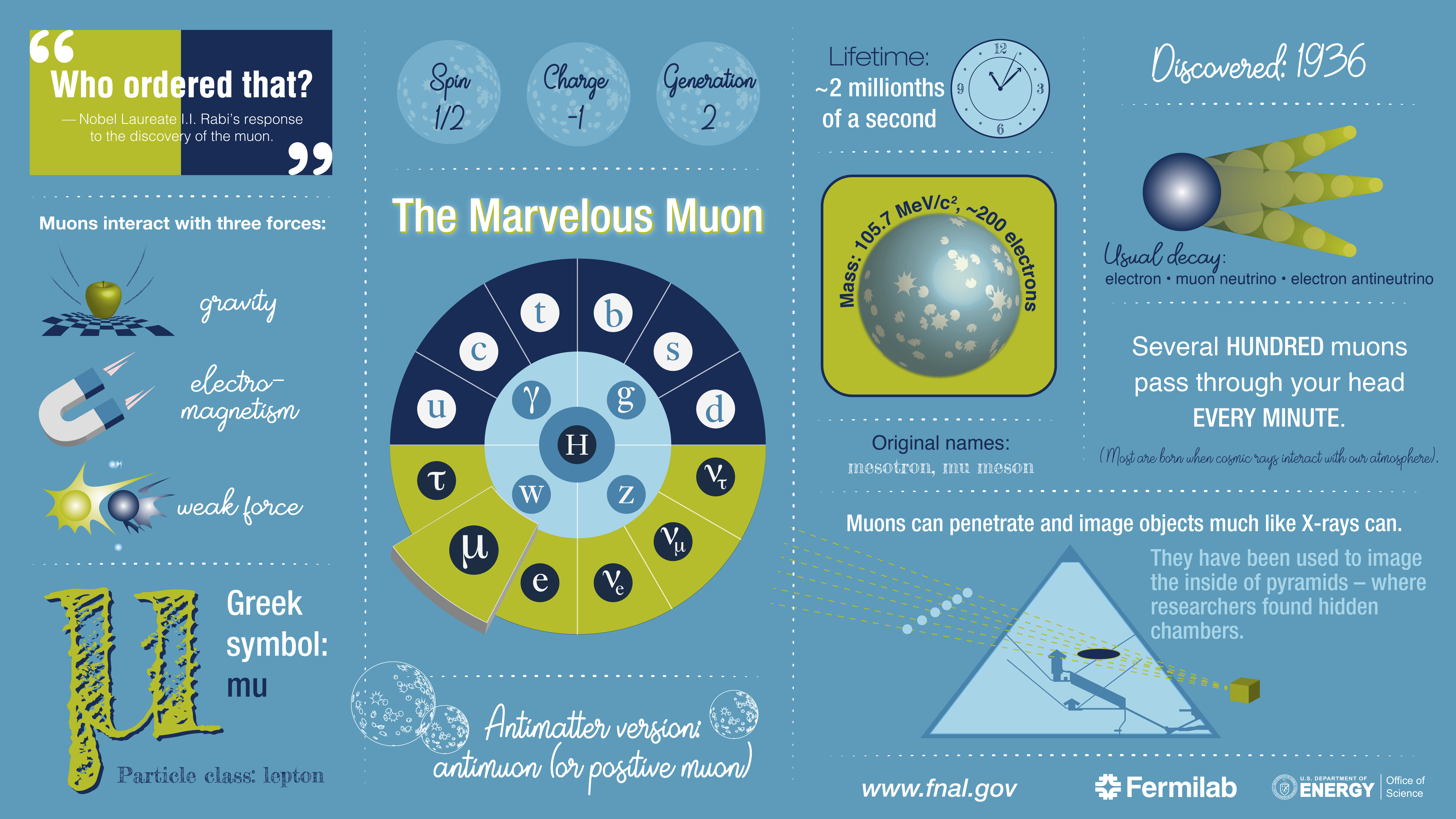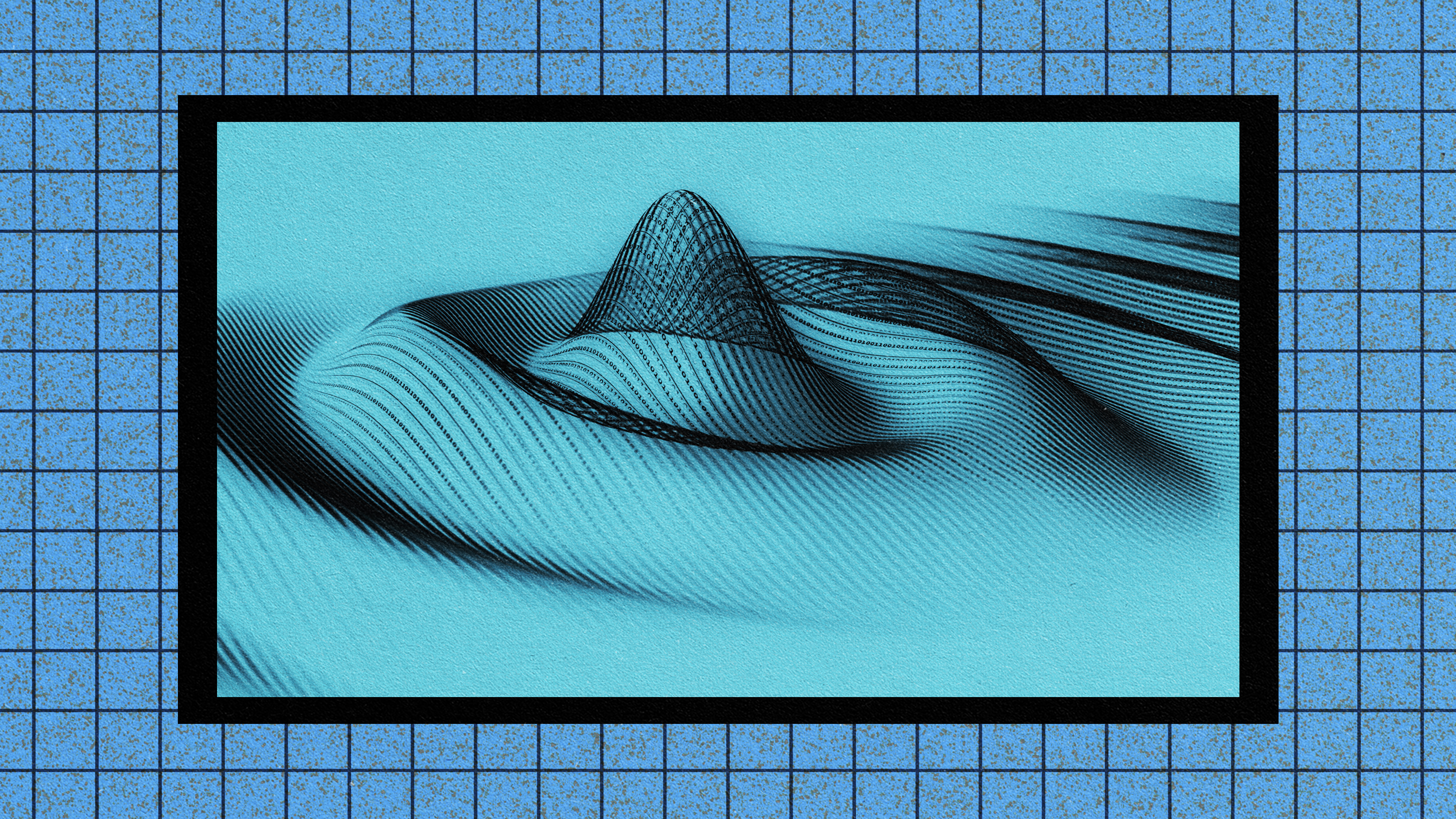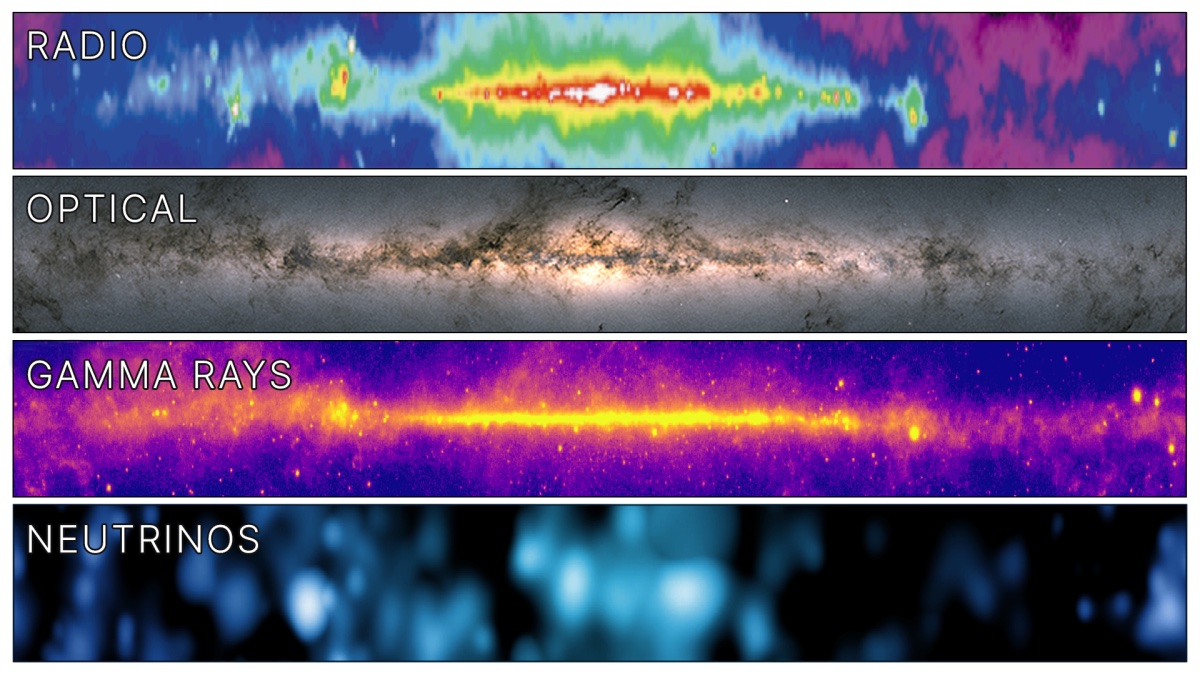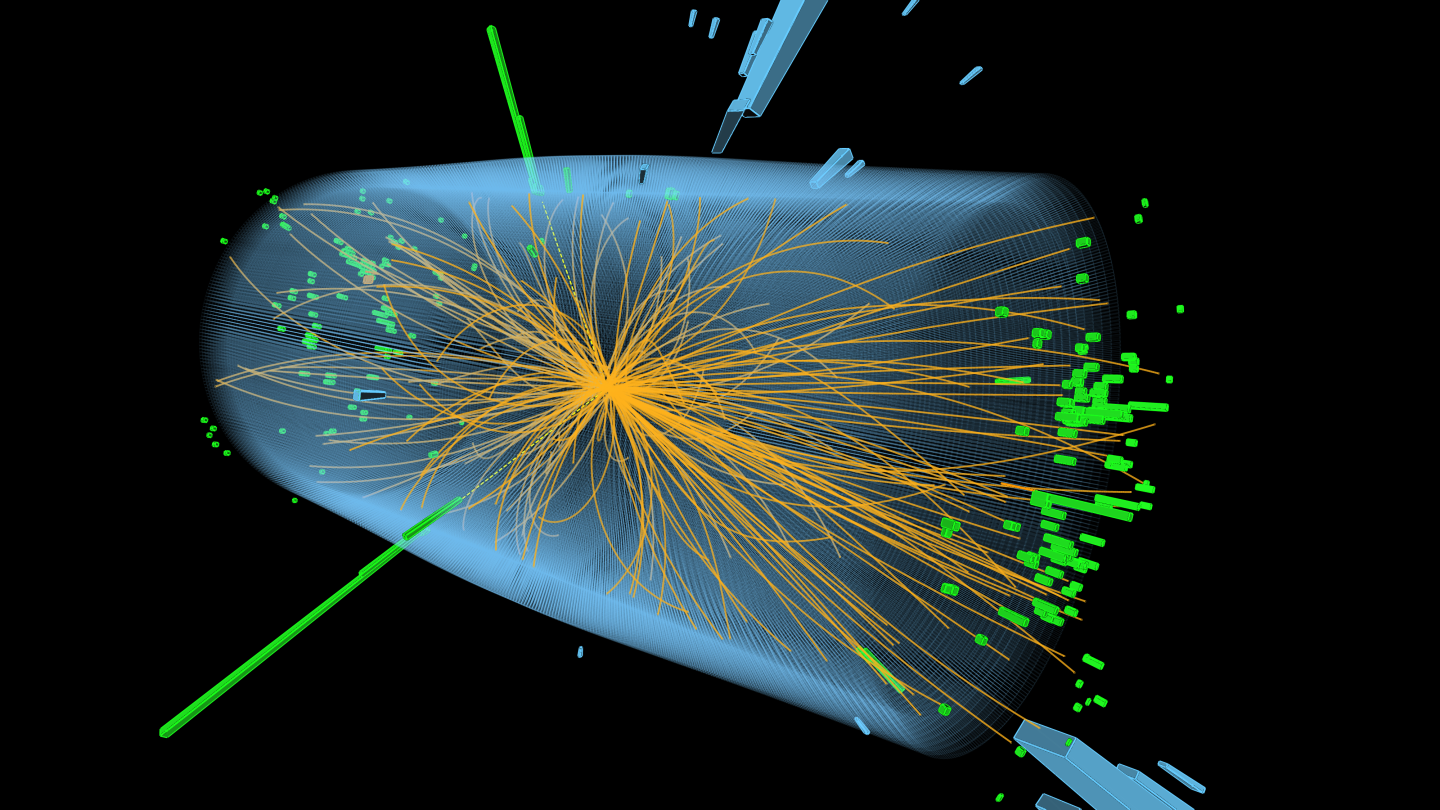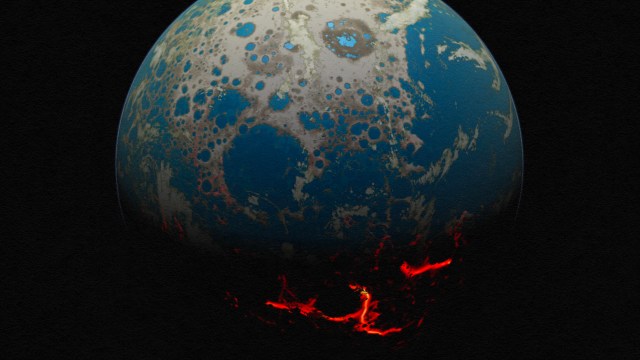Physicists unveil 10-year plan for exploring the quantum Universe

- The Particle Physics Projects Prioritization Panel has released a report detailing its recommendations for what research should be funded over the next five to ten years.
- The recommendations cover research that will look into phenomenon such as muons, neutrinos, dark matter, and the Higgs boson.
- While the recommendations are not binding, they reflect the judgment of the American particle physics community and represent some of the most creative ideas in physics research.
After a multi-year review, the U.S. particle physics community has announced its vision for research spanning the next five to ten years. The various projects could, if funded, help researchers develop a much better understanding of the laws of nature.
The recommendations were released in a report called “Exploring the Quantum Universe: Pathways to Innovation and Discovery in Particle Physics.” It was written by the Particle Physics Projects Prioritization Panel (P5), a sub-panel of the High Energy Physics Advisory Panel (HEPAP), and will be submitted to funding agencies like the U.S. Department of Energy Office of Science and the National Science Foundation to guide their funding decisions over the next decade.
The future of particle physics
Particle physicists study the behavior of matter under the most extreme conditions ever achieved in the laboratory. They accelerate subatomic particles like protons and electrons to nearly the speed of light and crash them together using large and powerful particle accelerators. At the world’s most powerful accelerator, scientists can achieve temperatures as hot as an unfathomable 7 trillion degrees Celsius. That’s well over 100,000 times the temperature within the center of the Sun and nearly 100 times hotter than the center of a supernova, which is the explosion of a star so bright that it can be seen across half the Universe. The last time that temperature was common throughout the Universe was less than a trillionth of a second after the Big Bang.
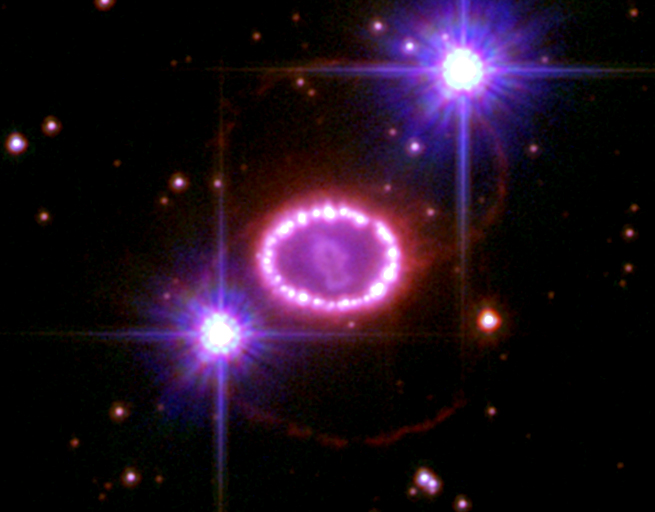
The deep connections between the laws that govern the quantum realm and those that govern the entire Universe have long been known, and researchers have been studying them for decades. These sorts of experiments require very large particle accelerators and detectors, involving thousands of physicists, engineers, computer professionals, technicians, and various support staff. Such a considerable effort requires careful planning and independent oversight.
About every five years, the U.S. particle physics community evaluates the progress made from the previous five years. It uses that information to determine which efforts are the most likely to provide progress in the near term. The community must take into account real-world considerations, like budgets and whether the necessary technology exists or is in advanced development. They also consider things like scientific impact. Both P5 and HEPAP are merely advisory and governmental funding agencies that make the final determination as to which projects should be pursued.
The P5 report recommends projects of a variety of sizes and impacts. One of the larger projects is a fourth-generation effort to study the cosmic microwave background of the Universe. These microwaves are the oldest detectable remnant of the Big Bang and are a direct look at the Universe in its infancy. Another big project involves upgrading the Fermilab accelerator complex to improve its already world-class neutrino research program. Fermilab is America’s flagship particle physics laboratory, and it is developing an unprecedented effort to study the behavior of neutrinos, which interact so rarely that they can pass through the entire Earth with only a very small chance of interacting. Neutrino studies may shed light on why the Universe seems to consist of only matter when our best theories suggest that antimatter should be equally present.
The P5 report also recommends the creation of a third-generation dark matter experiment, which would search for a ghostly form of matter that is thought to be five times more prevalent than ordinary matter. If dark matter exists, it should pass through the Earth with little chance of interacting. Any hope of detecting this theoretical form of matter will require a focused effort and advanced technology.

Also recommended is American involvement in a future accelerator in either Europe or Asia that would conduct detailed studies of the Higgs boson, which is the particle discovered in 2012 that gives mass to other subatomic particles.
One ambitious recommendation is that scientists explore the creation of a high-energy muon collider. Muons are similar to electrons but heavier. Another difference is that muons decay in a fraction of a second. To make a muon collider, researchers will have to create muons, capture them, and then accelerate them and smash them together in a very short period. It is not yet clear that such a facility is possible, but it is suggested that the nation’s accelerator scientist community collaborate to see if such an accelerator is feasible.
More modestly priced possible future facilities include an upgrade of the IceCube detector. IceCube uses a cubic kilometer of ice in Antarctica to study cosmic neutrinos, including some of the most energetic neutrinos ever made. The study of cosmic neutrinos can give astronomers an insight into some very violent astronomical phenomena, including supernovae, colliding neutron stars, and matter accelerated in the vicinity of huge black holes. A second generation of IceCube could use as much as ten cubic kilometers of ice to make even more precise measurements.
While the recommendations of the P5 committee are not binding, they do reflect the judgment of the American particle physics community. Before the convening of P5, thousands of physicists worked together in the Snowmass Process. Over several years, researchers came up with their best ideas and met in large conferences to discuss them. Through discussion, criticism, and refinement, the proposals from Snowmass represent some of the most creative ideas for improving our understanding of the laws of nature.
The P5 committee took the Snowmass proposals — refining some and pruning others — and will pass the remainder along to funding agencies. The next step in the process will be for agencies like DOE and NSF to consult with their international counterparts and consider fiscal realities. Over the next year or so, it will become clear what the future of particle physics research in America will look like.
